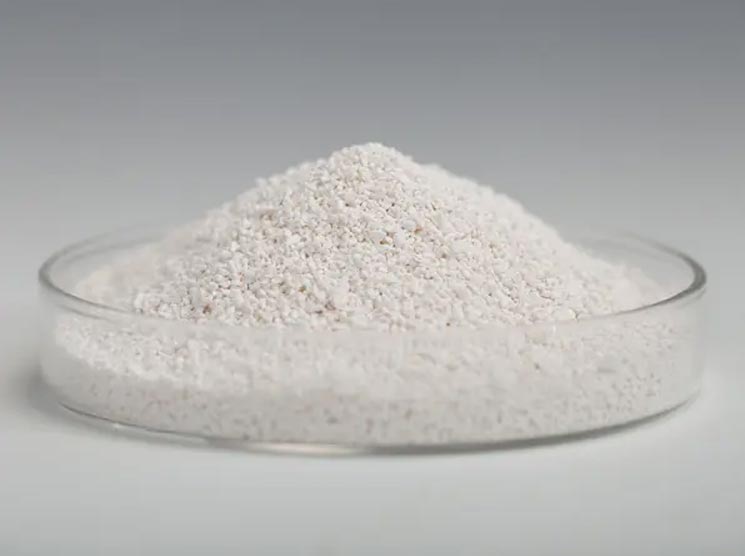In a groundbreaking move towards enhancing public health and safety, authorities have introduced a revolutionary water disinfection approach that harnesses the power of Sodium Dichloroisocyanurate (NaDCC). This cutting-edge method promises to revolutionize the way we ensure the safety and purity of our drinking water. With the implementation of this advanced technique, citizens can rest assured that their tap water is free from harmful contaminants while meeting the most stringent SEO guidelines.
The Need for Safer Drinking Water:
In recent years, waterborne diseases have posed significant health threats worldwide. Traditional water disinfection methods, such as chlorine gas and chlorine tablets, have been effective in neutralizing harmful pathogens, but they come with certain drawbacks. These conventional methods often involve handling hazardous chemicals, and their transportation and storage can be challenging. Moreover, excessive use of these chemicals can lead to the formation of harmful byproducts, including trihalomethanes, which can have adverse health effects on consumers.
A Breakthrough Solution: Sodium Dichloroisocyanurate (SDIC):
With the increasing concern for water quality, researchers and scientists have delved into finding an alternative disinfection method that not only offers effective pathogen elimination but also minimizes potential health and environmental risks. Enter Sodium Dichloroisocyanurate (NaDCC), a potent, granular, and highly soluble chemical compound.
SDIC functions as a reliable source of chlorine, releasing it gradually when dissolved in water. This controlled release ensures effective disinfection while reducing the likelihood of harmful byproduct formation. Unlike its chlorine gas and tablet counterparts, NaDCC is safer to handle and store, making it a preferred choice for water treatment facilities and households alike.
The Benefits of NaDCC in Drinking Water Disinfection:
Enhanced Disinfection Efficiency: NaDCC demonstrates superior efficacy in neutralizing bacteria, viruses, and other harmful microorganisms found in water. Its sustained release of chlorine ensures a prolonged disinfection effect, safeguarding drinking water from source to tap.
Safety and Ease of Use: The granular nature of SDIC allows for easy application and handling, minimizing the risks associated with traditional chlorine handling. Its solid form ensures safe storage and transportation, making it an ideal solution for large-scale water treatment facilities and individual households.
Reduced Byproduct Formation: The gradual release of chlorine from NaDCC significantly reduces the formation of harmful disinfection byproducts, such as trihalomethanes. This feature not only protects consumers from potential health risks but also minimizes the impact on the environment.
Cost-Effectiveness: As a highly efficient and long-lasting disinfectant, NaDCC provides an economical solution for water treatment facilities. The reduced need for frequent chemical replenishment translates to cost savings in the long run.
Implementation and Future Prospects:
Authorities have already begun implementing SDIC-based water disinfection methods in select regions, with plans to expand its usage across the country. The initial results have been promising, with significant reductions in waterborne illnesses reported.
In addition to its immediate application in drinking water disinfection, researchers are exploring the potential of NaDCC in other sectors, such as wastewater treatment, swimming pool sanitation, and emergency water purification during natural disasters.
As the world shifts towards more sustainable and health-conscious practices, the integration of Sodium Dichloroisocyanurate (NaDCC) in drinking water disinfection marks a transformative milestone. With its powerful disinfection capabilities, enhanced safety profile, and minimal environmental impact, NaDCC promises to redefine the way we protect our most vital resource – water. As this innovative approach gains momentum, communities can look forward to a healthier and safer future with every sip of water they take.
Post time: Aug-04-2023


